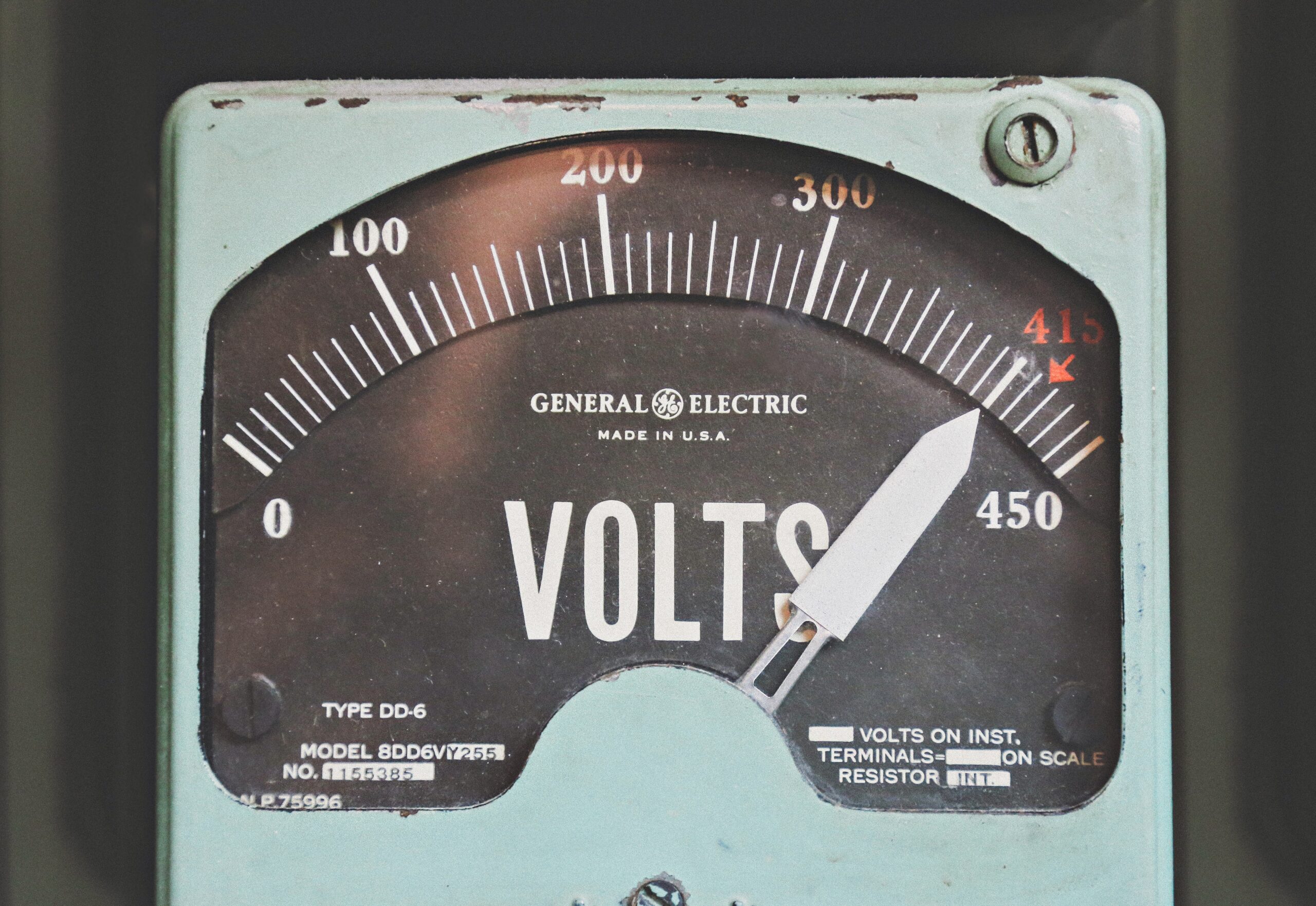In an era where sustainability is a top priority, the application of IoT (Internet of Things) devices in energy management systems has emerged as a game-changer. These smart, connected devices are transforming the way we monitor, control, and optimize energy consumption across various sectors. In this blog, we’ll shed light on the fascinating role of IoT devices in energy management and explore their significant benefits.
The Energy Challenge
Before we delve into the IoT-driven solutions, let’s understand the challenge at hand. Energy management is critical for individuals, businesses, and governments alike. With growing energy demands and environmental concerns, finding efficient ways to produce, distribute, and consume energy is more important than ever.
IoT Devices: The Catalyst for Change
IoT devices are equipped with sensors, communication capabilities, and data analytics tools, allowing them to collect, transmit, and process data related to energy consumption and usage patterns. Here’s how they are revolutionizing energy management:
1. Real-Time Monitoring: IoT sensors placed in various parts of a building or industrial facility continuously monitor energy consumption, providing real-time insights into usage patterns.
2. Data Analytics: Collected data is analyzed to identify trends and anomalies, enabling proactive responses to energy inefficiencies or potential issues.
3. Predictive Maintenance: IoT devices can predict equipment failures and maintenance needs, reducing downtime and optimizing energy-intensive systems.
4. Smart Grid Integration: In the realm of utilities, IoT helps create smarter grids by balancing energy supply and demand, reducing wastage, and improving reliability.
5. Energy Conservation: By automating lighting, heating, cooling, and other systems, IoT devices optimize energy use and reduce waste, leading to cost savings.
Applications Across Sectors
The application of IoT devices in energy management systems is far-reaching:
1. Smart Buildings: IoT enables intelligent control of lighting, HVAC, and appliances, ensuring energy efficiency and occupant comfort.
2. Industrial IoT (IIoT): In factories and manufacturing facilities, IoT devices optimize machinery operation and energy usage, leading to cost savings and reduced carbon footprints.
3. Renewable Energy: IoT assists in monitoring and managing renewable energy sources like solar panels and wind turbines, ensuring efficient energy capture and distribution.
4. Electric Vehicles: IoT is integral in managing electric vehicle charging stations, allowing for efficient power distribution and billing.
5. Smart Cities: Entire urban environments are becoming more energy-efficient thanks to IoT, which controls street lighting, traffic signals, and public transportation systems.
The Benefits Shine Bright
The adoption of IoT devices in energy management systems offers a multitude of benefits:
1. Energy Efficiency: Optimized energy use leads to reduced costs and lower environmental impact.
2. Cost Savings: IoT-driven energy management often results in substantial cost savings for businesses and individuals.
3. Environmental Impact: Lower energy consumption contributes to a greener planet by reducing greenhouse gas emissions.
4. Operational Efficiency: Predictive maintenance and real-time monitoring minimize downtime and boost productivity.
5. Scalability: IoT systems can be easily scaled to accommodate changing energy needs and evolving technologies.
The Future is Bright with IoT
As technology continues to advance, IoT devices will become even more prevalent and sophisticated. From smart cities to the next generation of wearable gadgets, the Internet of Things is poised to revolutionize the way we live, work, and interact with the world around us.
In conclusion, IoT devices are the building blocks of a connected future. They transform ordinary objects into smart, data-driven devices that improve our lives in countless ways. So, the next time you adjust your thermostat with a smartphone app or receive a notification from your fitness tracker, remember that you’re witnessing the magic of the Internet of Things in action.
